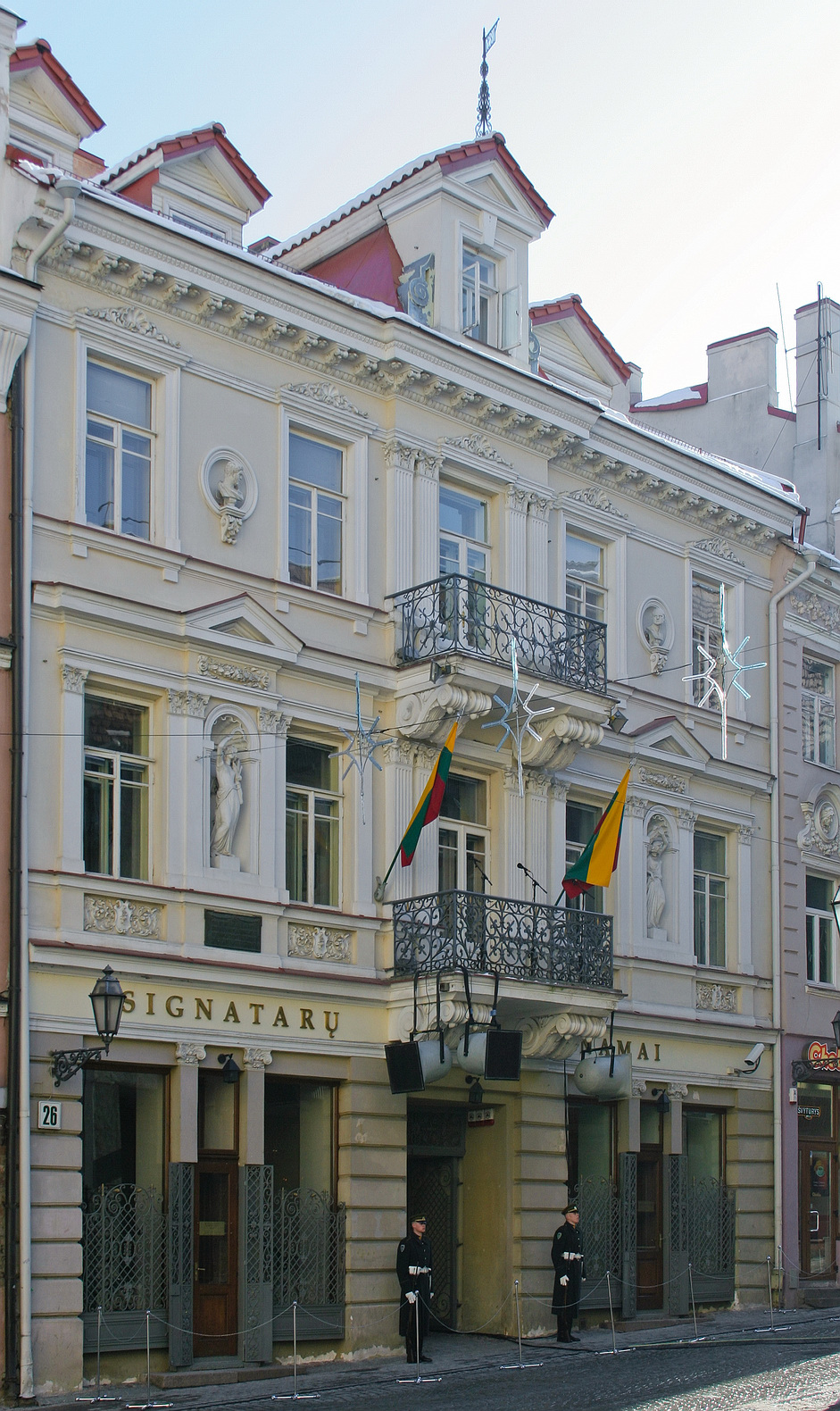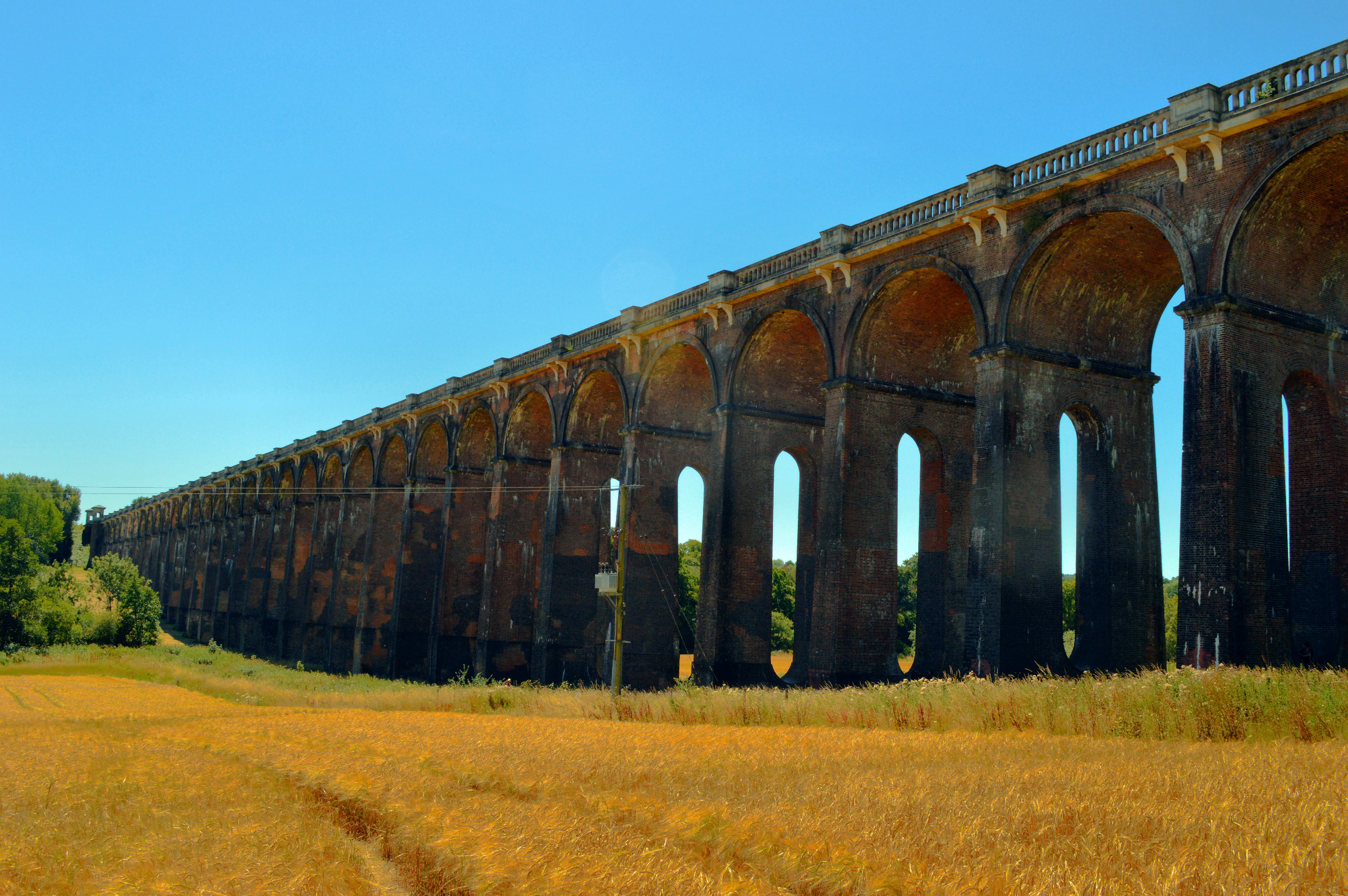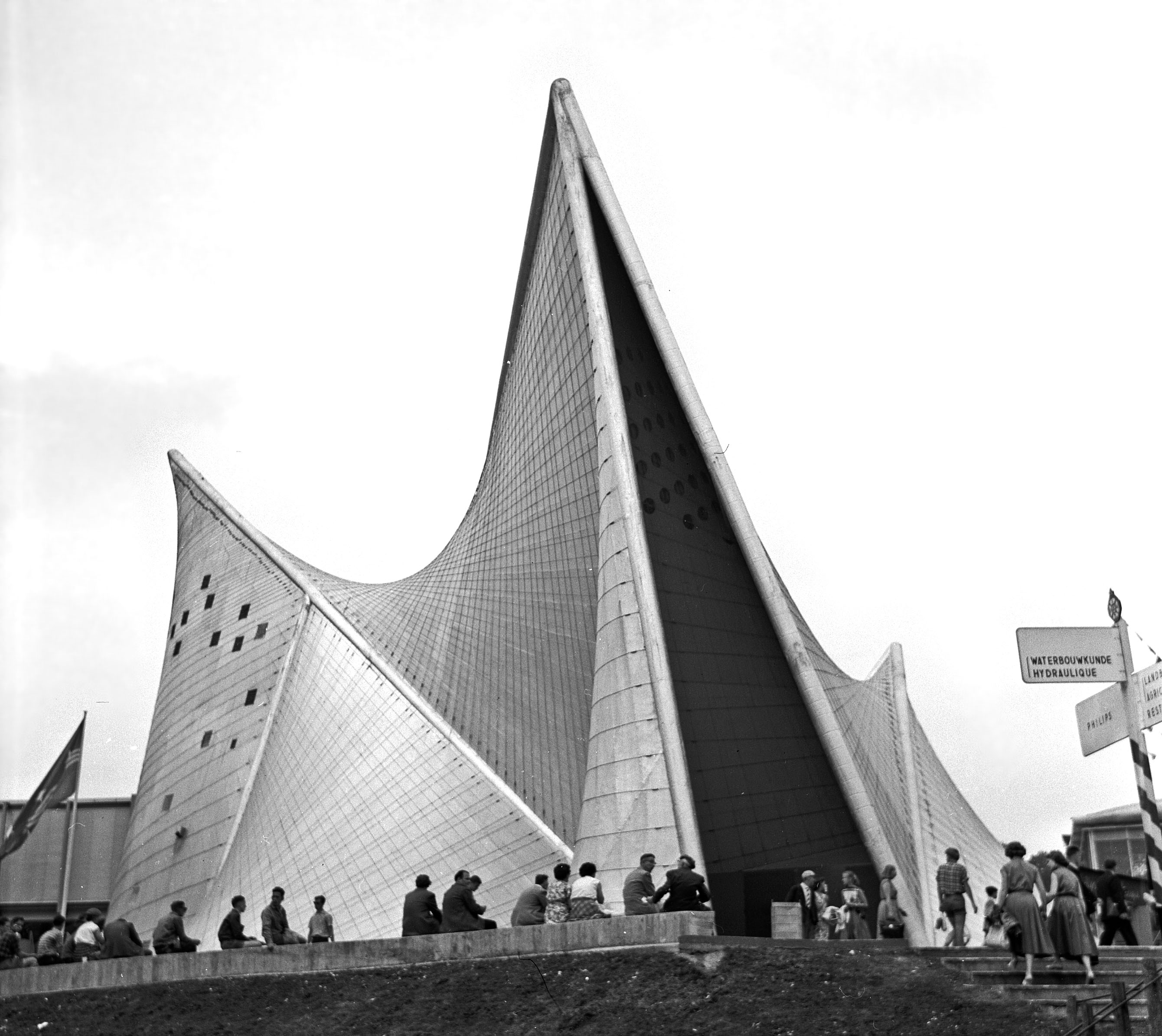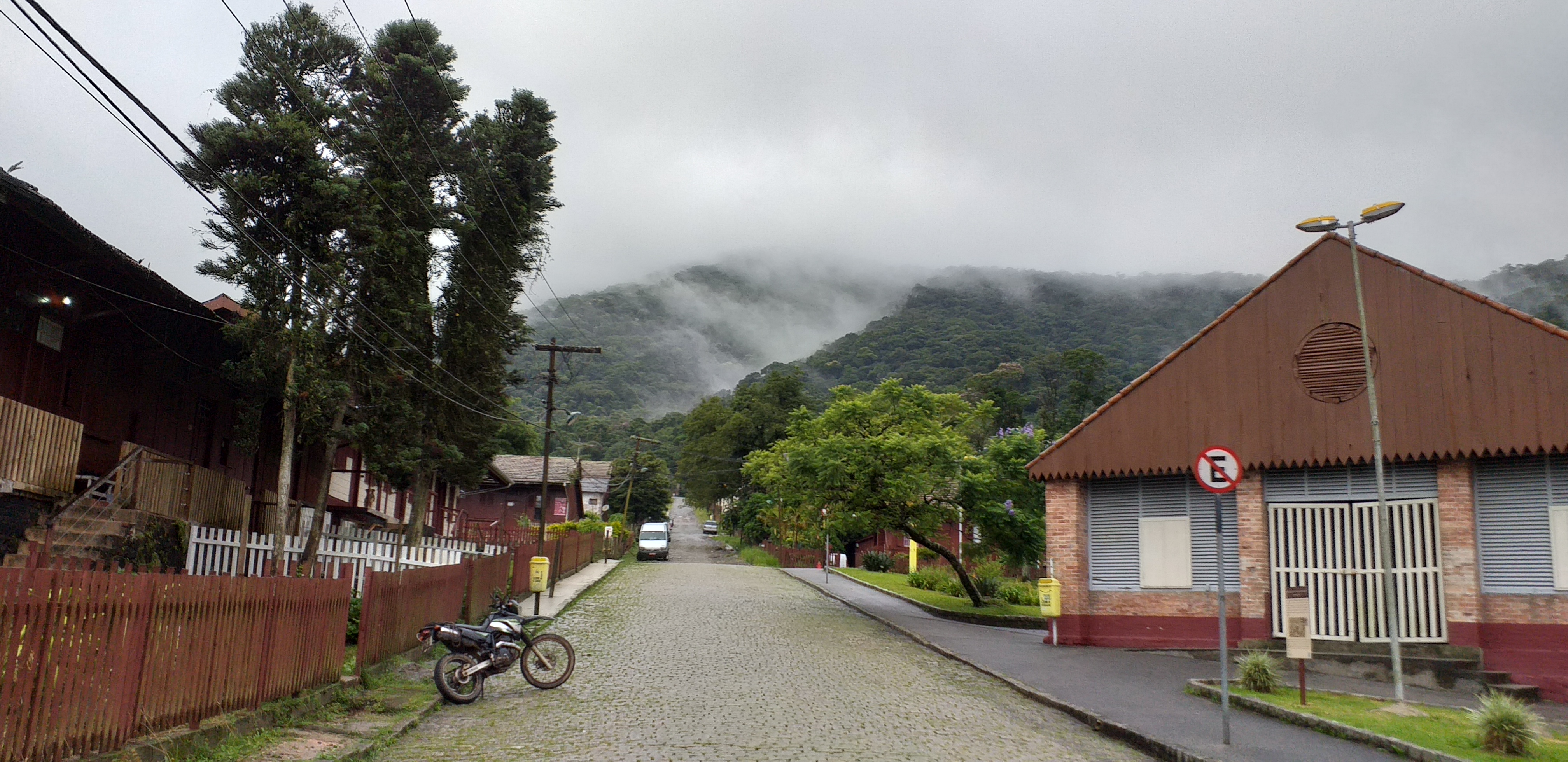|
Valakampiai Bridge
Valakampiai Bridge () also known as Valakupiai Bridge () is a bridge across Neris River, that connects Žirmūnai and Antakalnis districts of Vilnius. Built in 1972. As of 2007, it is the longest bridge in Vilnius, 341.5 metres long and approximately 21.0 metres wide. The bridge has six spans: the major one, 100.0 metres long is over the river, the second one is on the left bank and four-span viaduct is on the right bank. It is made of ferroconcrete blocks, connected by wire fibers into inseparable ferroconcrete beam Beam may refer to: Streams of particles or energy * Light beam, or beam of light, a directional projection of light energy ** Laser beam * Particle beam, a stream of charged or neutral particles **Charged particle beam, a spatially localized g ...s. References Bridges completed in 1972 Road bridges in Lithuania Bridges in Vilnius {{Lithuania-bridge-struct-stub ... [...More Info...] [...Related Items...] OR: [Wikipedia] [Google] [Baidu] |
Neris River
The river Neris () or Viliya ( be, Ві́лія, pl, Wilia ) rises in northern Belarus. It flows westward, passing through Vilnius (Lithuania's capital) and in the south-centre of that country it flows into the Nemunas (Neman), at Kaunas, as its main tributary. Its length is . For After Belarus the river runs through Lithuania. The Neris connects successive Lithuanian capitals – Kernavė and Vilnius. Along its banks are burial places of the pagan Lithuanians. At from Vilnius are the old burial mounds of Karmazinai, with many mythological stones and a sacred oak. Dual naming The reasons for the dual naming of the river as Neris by the Lithuanians and Viliya (formerly ''Velja'', meaning "big, great" in Slavic) by the Slavs are complex. Even in Vilnius, there are toponyms including both names, e. g. ''Neris'' remains in the riverside names of '' Paneriai'' and ''Paneriškės'' while ''Velja'' is a part of the name ''Valakampiai'', which means "an angle of Velja" in ... [...More Info...] [...Related Items...] OR: [Wikipedia] [Google] [Baidu] |
Žirmūnai
Žirmūnai () is the most populous administrative division ( elderate) in Vilnius. It is also a neighbourhood in the Lithuanian capital city Vilnius, encompassing the city district of the same name, built in the 1960s. Žirmūnai's history has been traced to the late 14th century, when a Lithuanian fishing village was founded across the River Neris from Vilnius' Old Town. Several historic sites in Žirmūnai are internationally significant; it is the home of Lithuania's largest Jewish cemetery, as well as the location of mass graves of soldiers belonging to Napoleon's Grande Armée and victims of the NKGB's and MGB's executions after World War II. Tuskulėnai Manor, built in 1825, and the surrounding Peace Park are important historical and cultural attractions in Vilnius. The area was given the name Žirmūnai during the early 1960s, when it became the site of an award-winning residential construction project; it was the first city district in the Lithuanian SSR to b ... [...More Info...] [...Related Items...] OR: [Wikipedia] [Google] [Baidu] |
Antakalnis
Antakalnis (''literally'' lt, 'the place on hills', adapted in pl, Antokol) is an eldership in the Vilnius city municipality, Lithuania. Antakalnis is one of the oldest, and largest historical suburbs of Vilnius City. It is in the eastern section of Vilnius, along the left bank of the Neris River, with the river running along the whole western side of the district. The Antakalnis eldership is the second-largest in Vilnius, with an area of . One of the greatest Lithuanian Baroque masterpieces, the Roman Catholic Church of St. Peter and St. Paul, is in Antakalnis, as is Sapieha Palace (''Sapiegų rūmai''). Sapieha Palace is surrounded by the only surviving Baroque-style park in Lithuania, which contains the oldest linden tree in Vilnius. Antakalnis is home to the historically important Antakalnis Cemetery, where victims of the January Events in 1991, killed by the Soviet Army, are buried; their graves are often visited, as they are considered national heroes of Lithua ... [...More Info...] [...Related Items...] OR: [Wikipedia] [Google] [Baidu] |
Vilnius
Vilnius ( , ; see also other names) is the capital and largest city of Lithuania, with a population of 592,389 (according to the state register) or 625,107 (according to the municipality of Vilnius). The population of Vilnius's functional urban area, which stretches beyond the city limits, is estimated at 718,507 (as of 2020), while according to the Vilnius territorial health insurance fund, there were 753,875 permanent inhabitants as of November 2022 in Vilnius city and Vilnius district municipalities combined. Vilnius is situated in southeastern Lithuania and is the second-largest city in the Baltic states, but according to the Bank of Latvia is expected to become the largest before 2025. It is the seat of Lithuania's national government and the Vilnius District Municipality. Vilnius is known for the architecture in its Old Town, declared a UNESCO World Heritage Site in 1994. The city was noted for its multicultural population already in the time of the Polish–Li ... [...More Info...] [...Related Items...] OR: [Wikipedia] [Google] [Baidu] |
Viaduct
A viaduct is a specific type of bridge that consists of a series of arches, piers or columns supporting a long elevated railway or road. Typically a viaduct connects two points of roughly equal elevation, allowing direct overpass across a wide valley, road, river, or other low-lying terrain features and obstacles. The term ''viaduct'' is derived from the Latin ''via'' meaning "road", and ''ducere'' meaning "to lead". It is a 19th-century derivation from an analogy with ancient Roman aqueducts. Like the Roman aqueducts, many early viaducts comprised a series of arches of roughly equal length. Over land The longest in antiquity may have been the Pont Serme which crossed wide marshes in southern France. At its longest point, it measured 2,679 meters with a width of 22 meters. Viaducts are commonly used in many cities that are railroad hubs, such as Chicago, Birmingham, London and Manchester. These viaducts cross the large railroad yards that are needed for freight trains there, a ... [...More Info...] [...Related Items...] OR: [Wikipedia] [Google] [Baidu] |
Ferroconcrete
Reinforced concrete (RC), also called reinforced cement concrete (RCC) and ferroconcrete, is a composite material in which concrete's relatively low tensile strength and ductility are compensated for by the inclusion of reinforcement having higher tensile strength or ductility. The reinforcement is usually, though not necessarily, steel bars (rebar) and is usually embedded passively in the concrete before the concrete sets. However, post-tensioning is also employed as a technique to reinforce the concrete. In terms of volume used annually, it is one of the most common engineering materials. In corrosion engineering terms, when designed correctly, the alkalinity of the concrete protects the steel rebar from corrosion. Description Reinforcing schemes are generally designed to resist tensile stresses in particular regions of the concrete that might cause unacceptable cracking and/or structural failure. Modern reinforced concrete can contain varied reinforcing materials made of ... [...More Info...] [...Related Items...] OR: [Wikipedia] [Google] [Baidu] |
Beam (structure)
A beam is a structural element that primarily resists loads applied laterally to the beam's axis (an element designed to carry primarily axial load would be a strut or column). Its mode of deflection is primarily by bending. The loads applied to the beam result in reaction forces at the beam's support points. The total effect of all the forces acting on the beam is to produce shear forces and bending moments within the beams, that in turn induce internal stresses, strains and deflections of the beam. Beams are characterized by their manner of support, profile (shape of cross-section), equilibrium conditions, length, and their material. Beams are traditionally descriptions of building or civil engineering structural elements, where the beams are horizontal and carry vertical loads. However, any structure may contain beams, for instance automobile frames, aircraft components, machine frames, and other mechanical or structural systems. In these structures, any structural eleme ... [...More Info...] [...Related Items...] OR: [Wikipedia] [Google] [Baidu] |
Nemenčinė Bridge
Nemenčinė ( is a city in Vilnius district municipality, Lithuania, it is located only about north-east of Vilnius. Close to Nemenčinė forest was planted which forms a sentence ''Žalgiris 600'' (commemorating the Battle of Grunwald) visible from the air. Names ''Nemenčinė'' is the original name of the city reflected in historical documents and still in use today. It derives from a Lithuanian word referring to the river Nemenčia.A. Vanagas. Lietuvos miestų vardai. p.151-152 Other versions of the name include ''Niemenczyn'' in Polish, ''Неменчын'' in Belarusian, Неменчине (or Нямянчине) in Russian, ''Nementschine'' in German and ''Nementchin'' (נעמענטשין) in Yiddish. History Lithuanian wooden castle and the mound stood in Nemenčinė in 10-14th centuries. The settlement started to grow around the castle. In 1387, following the Christianization of Lithuania, Jogaila established the first Christian parish in Nemenčinė and built a ... [...More Info...] [...Related Items...] OR: [Wikipedia] [Google] [Baidu] |
Šilas Bridge
Antakalnis (''literally'' lt, 'the place on hills', adapted in pl, Antokol) is an eldership in the Vilnius city municipality, Lithuania. Antakalnis is one of the oldest, and largest historical suburbs of Vilnius City. It is in the eastern section of Vilnius, along the left bank of the Neris River, with the river running along the whole western side of the district. The Antakalnis eldership is the second-largest in Vilnius, with an area of . One of the greatest Lithuanian Baroque masterpieces, the Roman Catholic Church of St. Peter and St. Paul, is in Antakalnis, as is Sapieha Palace (''Sapiegų rūmai''). Sapieha Palace is surrounded by the only surviving Baroque-style park in Lithuania, which contains the oldest linden tree in Vilnius. Antakalnis is home to the historically important Antakalnis Cemetery, where victims of the January Events in 1991, killed by the Soviet Army, are buried; their graves are often visited, as they are considered national heroes of Lithuania ... [...More Info...] [...Related Items...] OR: [Wikipedia] [Google] [Baidu] |
Bridges Completed In 1972
A bridge is a structure built to span a physical obstacle (such as a body of water, valley, road, or rail) without blocking the way underneath. It is constructed for the purpose of providing passage over the obstacle, which is usually something that is otherwise difficult or impossible to cross. There are many different designs of bridges, each serving a particular purpose and applicable to different situations. Designs of bridges vary depending on factors such as the function of the bridge, the nature of the terrain where the bridge is constructed and anchored, and the material used to make it, and the funds available to build it. The earliest bridges were likely made with fallen trees and stepping stones. The Neolithic people built boardwalk bridges across marshland. The Arkadiko Bridge (dating from the 13th century BC, in the Peloponnese) is one of the oldest arch bridges still in existence and use. Etymology The ''Oxford English Dictionary'' traces the origin of the wo ... [...More Info...] [...Related Items...] OR: [Wikipedia] [Google] [Baidu] |
Road Bridges In Lithuania
A road is a linear way for the conveyance of traffic that mostly has an improved surface for use by vehicles (motorized and non-motorized) and pedestrians. Unlike streets, the main function of roads is transportation. There are many types of roads, including parkways, avenues, controlled-access highways (freeways, motorways, and expressways), tollways, interstates, highways, thoroughfares, and local roads. The primary features of roads include lanes, sidewalks (pavement), roadways (carriageways), medians, shoulders, verges, bike paths (cycle paths), and shared-use paths. Definitions Historically many roads were simply recognizable routes without any formal construction or some maintenance. The Organization for Economic Co-operation and Development (OECD) defines a road as "a line of communication (travelled way) using a stabilized base other than rails or air strips open to public traffic, primarily for the use of road motor vehicles running on their own wheels", which ... [...More Info...] [...Related Items...] OR: [Wikipedia] [Google] [Baidu] |







